I want to eat fresh fruits
Do you have any recommendation?
I do love fruits
I’m familiar with fruits!
I think All Japanese people know this name which is
Senbikiya 千疋屋
Senbikiya is Japan’s oldest and most prestigious fruit emporium, renowned for offering an exquisite selection of high-quality, often luxury fruits. Established in 1834 in Tokyo, Senbikiya serves as both a symbol of Japan’s deep appreciation for seasonal and meticulously cultivated fruits and a provider of fruit that often reaches an extraordinary level of perfection. The offerings at Senbikiya range from perfectly ripe, visually flawless fruits to rare and exotic varieties, each presented with exceptional attention to detail. These fruits are not only consumed for their taste but also given as gifts in Japan’s culture of omiyage (gift-giving), where they represent a gesture of respect, gratitude, or celebration. The prices of fruits at Senbikiya can be significantly higher than what one might expect to pay at a standard grocery store, reflecting their premium quality, rarity, and the meticulous care taken in their cultivation and presentation. Senbikiya’s stores often feature a fruit parlor where customers can enjoy freshly prepared fruit desserts in an elegant setting, further showcasing the luxury aspect of the brand.
Nihonbashi Senbikiya, as Japan’s premier fruit purveyor, epitomizes the intersection of luxury, tradition, and meticulous craftsmanship in the realm of fruit cultivation and sale. This establishment has been a cornerstone of Tokyo’s Nihonbashi area since its inception in 1834, embodying the cultural significance of gifting and consuming fruits in Japan.
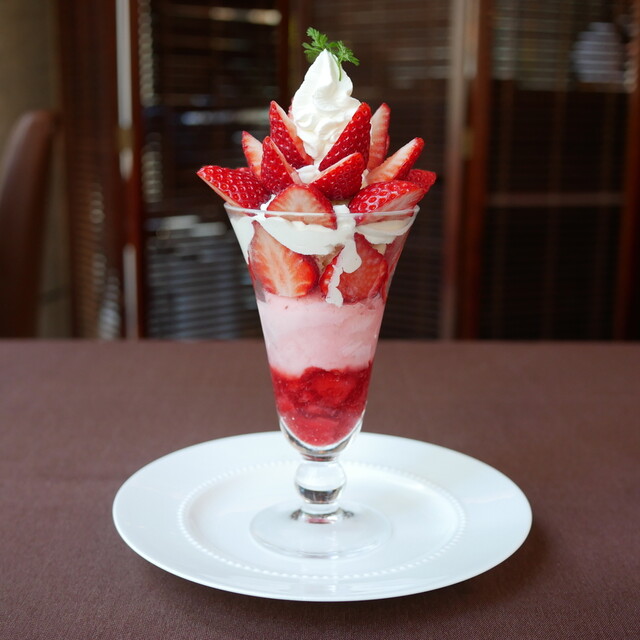
The Art of Fruit in Japan
In Japan, fruits are not merely food; they are a form of art and a symbol of social etiquette. The tradition of gifting fruits is deeply ingrained in Japanese culture, where presenting beautifully packaged, high-quality fruits is a common practice for special occasions such as weddings, business meetings, or hospital visits. The fruits selected for these purposes are not ordinary; they are often grown under controlled conditions to achieve perfect shapes, sizes, and flavors. This meticulous attention to detail is what Senbikiya specializes in.
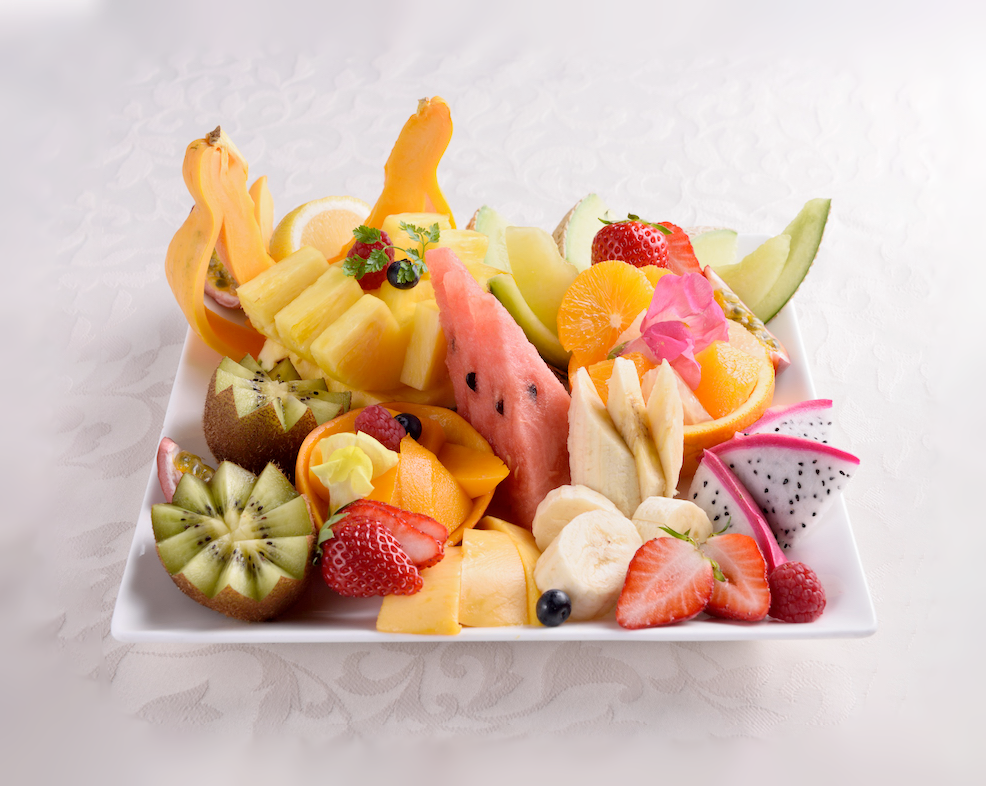
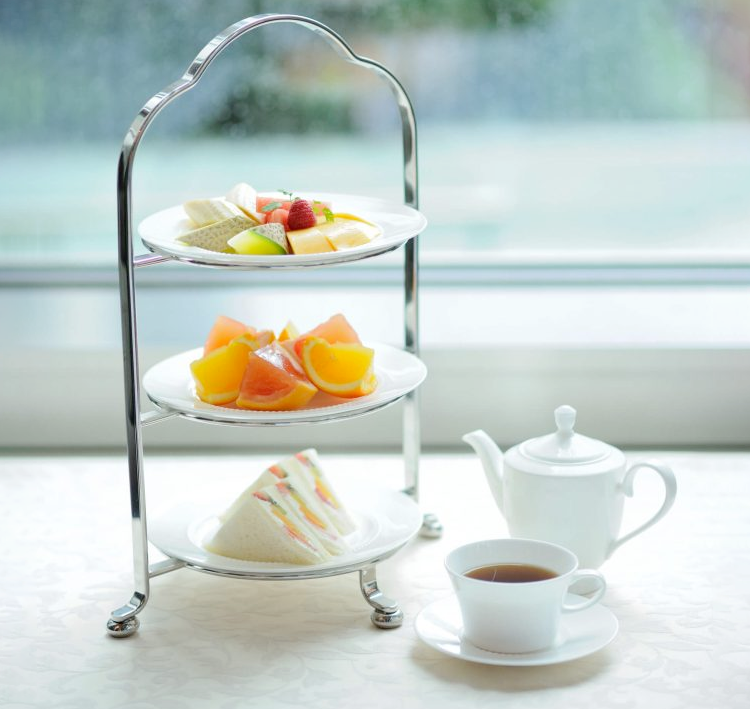
Senbikiya’s Offerings
Senbikiya sources a variety of fruits, including apples, grapes, melons, and strawberries, among others, that are cultivated to achieve the pinnacle of quality and aesthetic appeal. Some of their most famous offerings include:
- Square Watermelons: Cultivated in boxes to achieve their unique shape, these watermelons are both a novelty and a symbol of luxury.
- Musk Melons: Known for their perfectly round shape, smooth rind, and intensely sweet flesh, these melons can fetch prices ranging from hundreds to thousands of dollars each.
- Ruby Roman Grapes: Each grape is the size of a ping-pong ball, and clusters are sold for hundreds of dollars.
- White Strawberries: Among the rarest fruits, these strawberries are prized for their unique color and exquisite sweetness.
The Experience
Visiting Senbikiya is more than just a shopping trip; it is an experience. The stores are designed with a sense of elegance and exclusivity, making customers feel like they are entering a luxury boutique rather than a fruit shop. The fruit parlor aspect of Senbikiya allows visitors to indulge in desserts and dishes that showcase the fruits’ flavors in a refined setting, emphasizing the culinary aspect of these high-quality products.

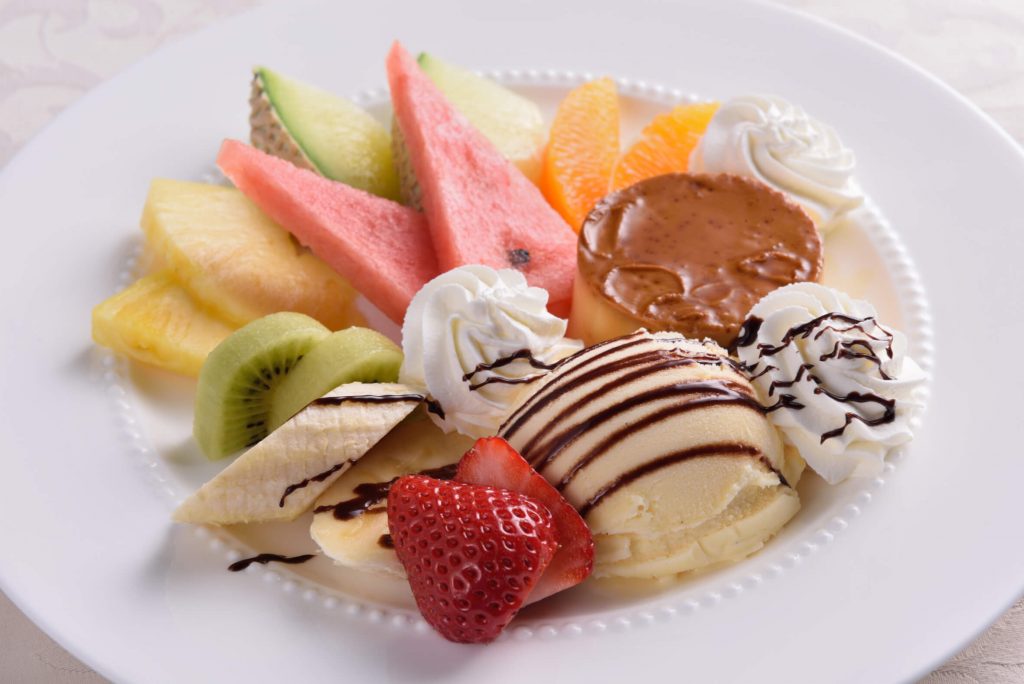
Symbolism and Price
The high prices of Senbikiya’s fruits reflect not only their quality and rarity but also the labor-intensive cultivation processes and the artistry involved in their production. A fruit from Senbikiya is considered a luxury item, symbolizing respect, appreciation, and deep regard for the recipient.
In essence, Senbikiya stands at the crossroads of tradition and luxury, offering more than just fruits but a unique cultural experience that celebrates the beauty, taste, and art of fruit cultivation in Japan.
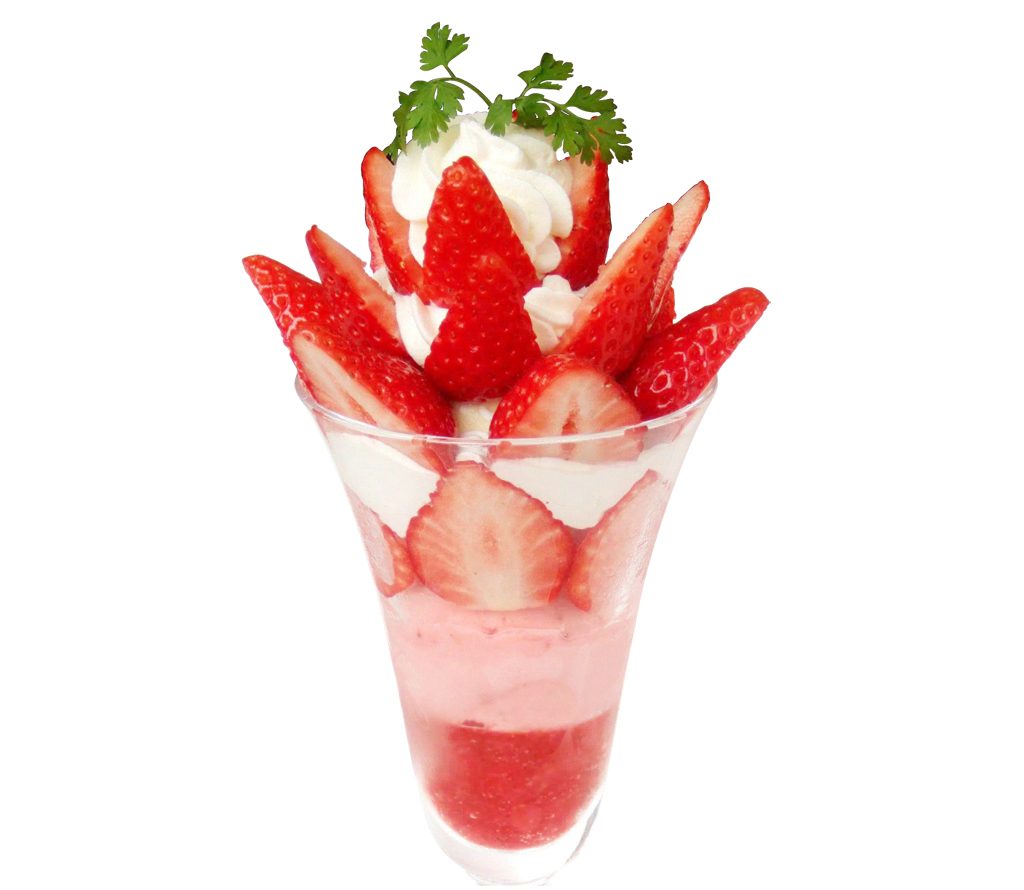
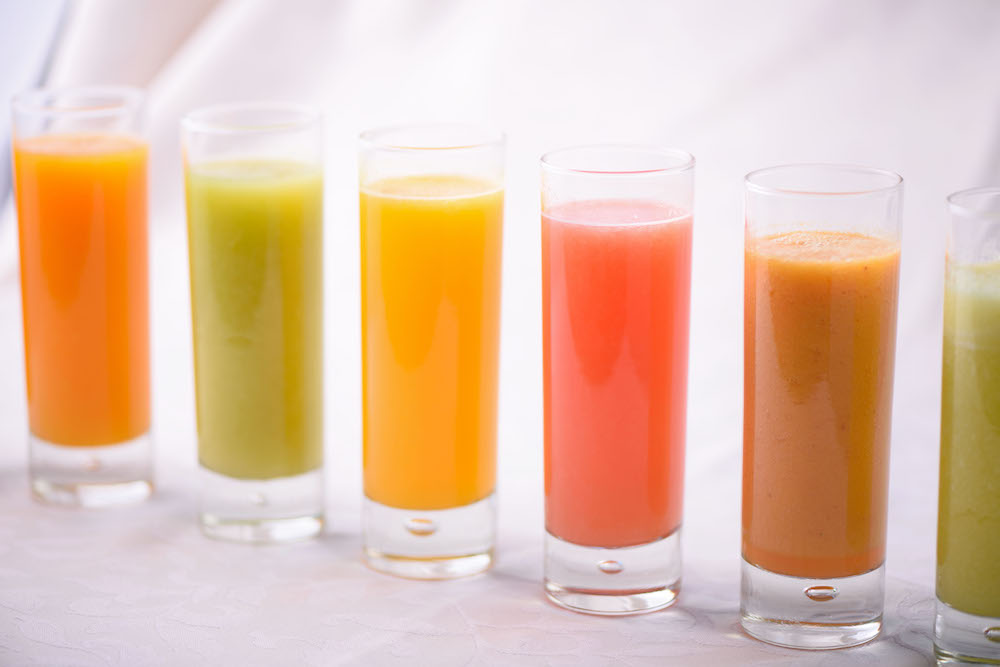

I wanna go to Senbikiya ASAP!
hahaha Calm down!
Senbikiya has many shops in Japan.
But Eat in restaurants are only 6 in Tokyo.
Shinjuku and Ikebukuro blanches are small.
I recommend these 4 restaurants!
open 11:00-21:00(last order 20:30)
address
2-1-2 Nihonbashi Muromachi, Chuo-ku, Tokyo Nihonbashi Mitsui Tower 1st
use/show for Taxi driver 東京都中央区日本橋室町2-1-2 日本橋三井タワー内
Nearest train station:Mitsukoshimae station
Metro Ginza line or Hanzoumon line
open 10:30-19:30(last order19:00)
address
2-4-1 Nihonbashi,chuo-ku,Tokyo Nihonbashi Takashimaya 4F
use/show for Taxi driver
東京都中央区日本橋2-4-1 日本橋髙島屋4F
Nearest train station
JR: Tokyo station (Yaesu north exit walking for 5 minutes)
Metro: Nihonbashi station: Ginza line or Touzai line (B4 Exit)
Map 千疋屋総本店(フルーツパーラー)日本橋高島屋店 – Google マップ
open 11:00-20:00(last order 19:30)
address
2-7-2 Marunouchi,Chiyoda-ku,Tokyo KITTE Marunouchi 1F
use/show for Taxi driver
東京都千代田区丸の内2-7-2 KITTE丸の内1F
Nearest train station
JR:Tokyo station (Marunouchi Exit walking for 1 minutes)
Metro: Tokyo station: Marunouchi line
open 11:00-20:00(last order19:30)
address
5-9-1,Toranomon,Minatoku,Tokyo Azabudai hills garden plazaB B1F
use/show for Taxi driver
東京都港区虎ノ門5丁目9-1
麻布台ヒルズガーデンプラザB/B1F
Nearest station Metro:kamiyachou station :Hibiya line
Map 〒105-0001 東京都港区虎ノ門5丁目9−1 – Google マップ
 Oldest and The most prestigious fruit parlor JAPAN
Oldest and The most prestigious fruit parlor JAPAN




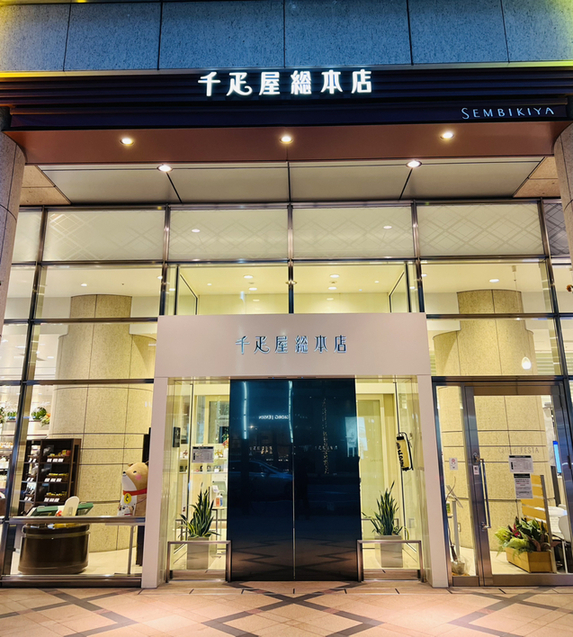
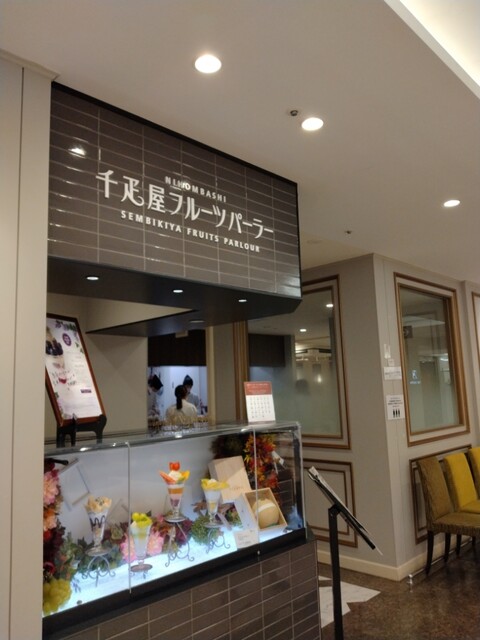
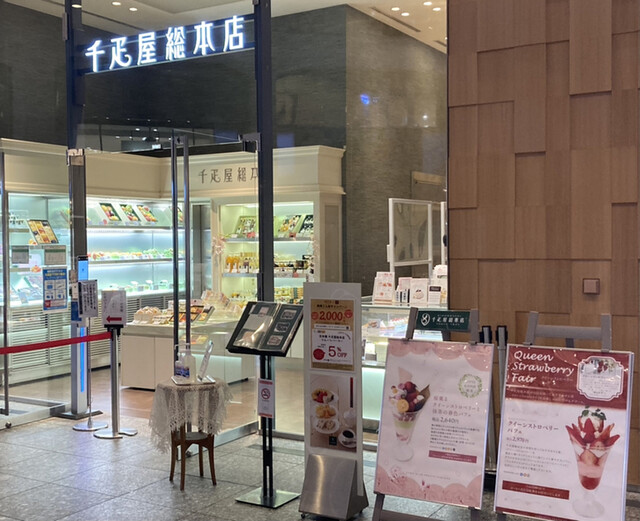
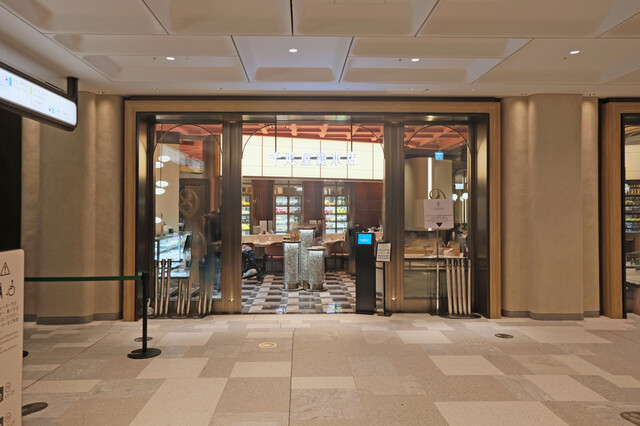
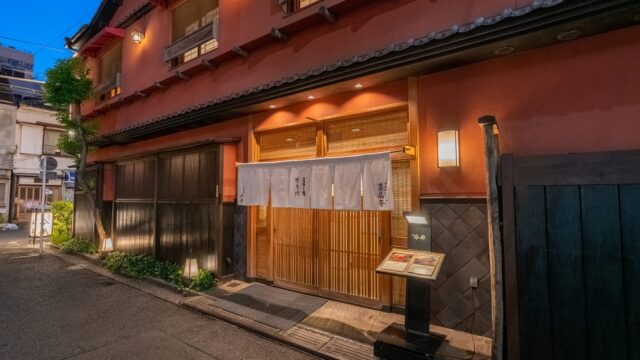
 Well-known and prestigious Sukiyaki resta...
Well-known and prestigious Sukiyaki resta...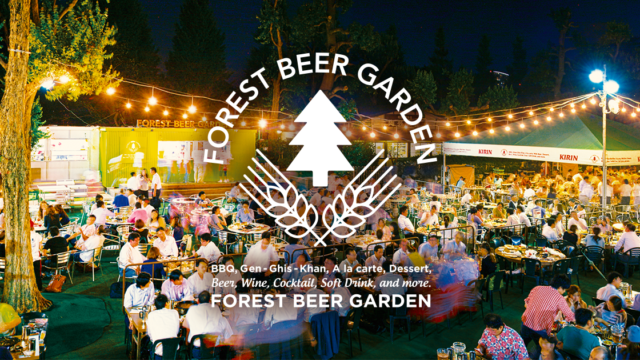
 Beer Gardens in Tokyo
Beer Gardens in Tokyo
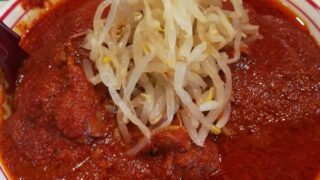
 Do You Want to Try!?
Do You Want to Try!?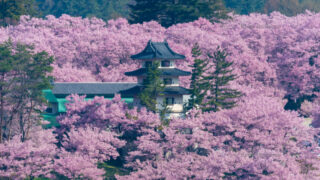
 Recommended ice cream shops perfect for hot weather in Tokyo Japan
Recommended ice cream shops perfect for hot weather in Tokyo Japan